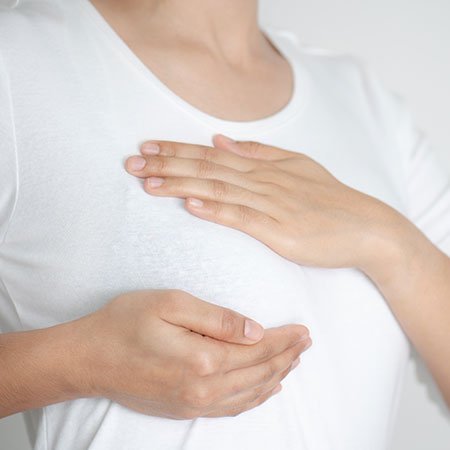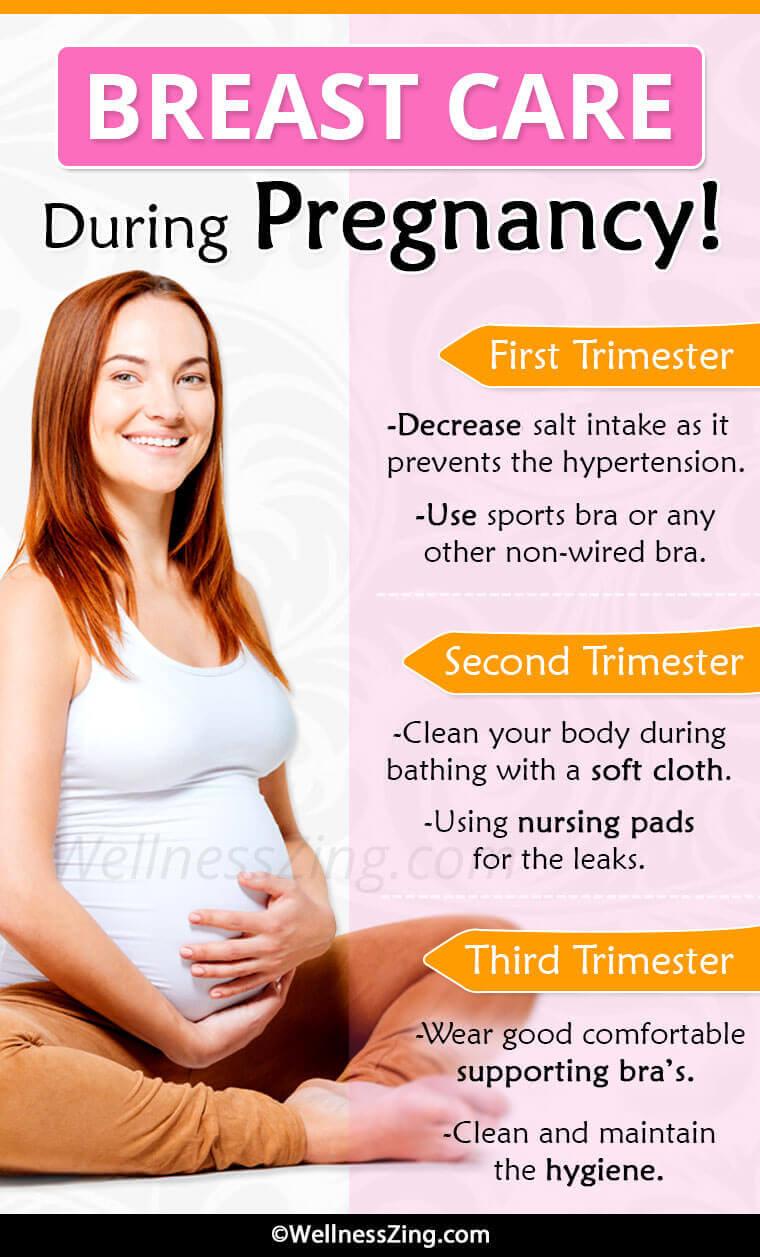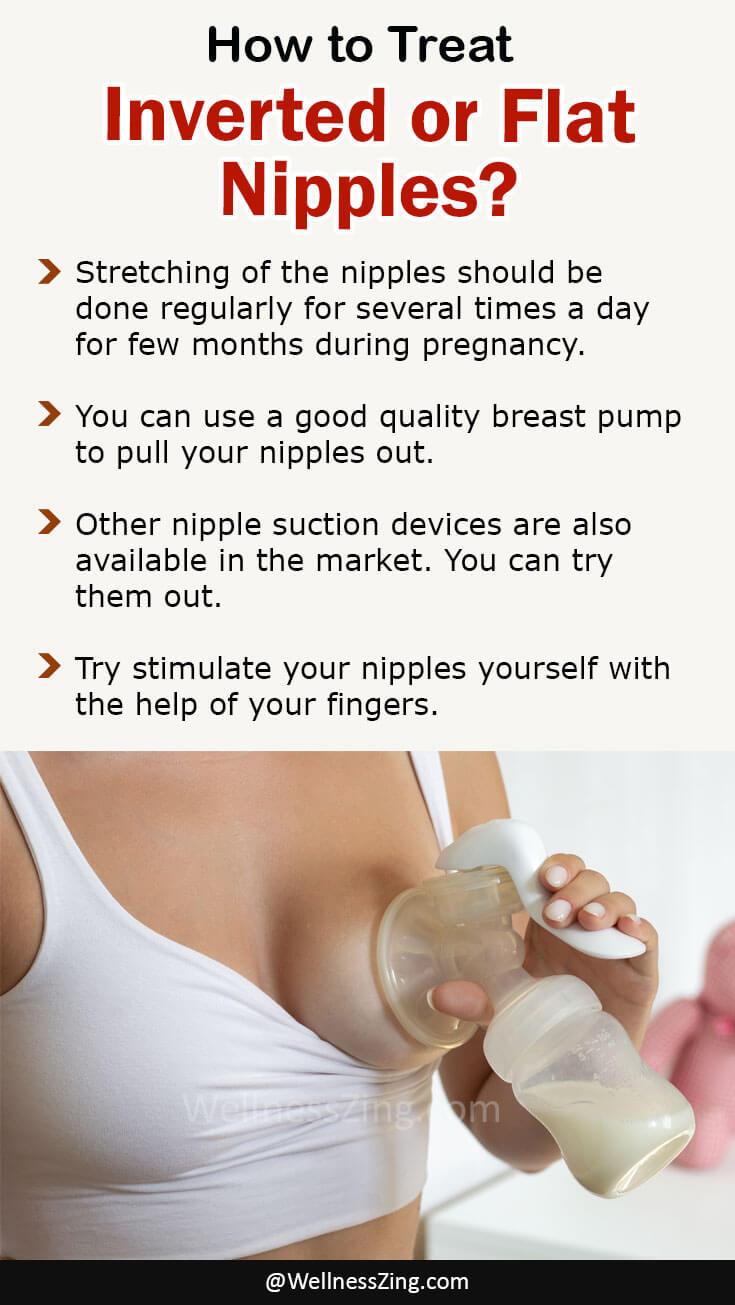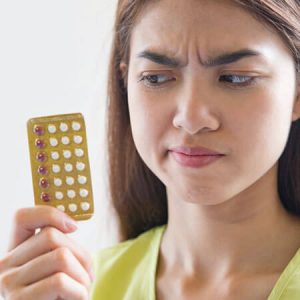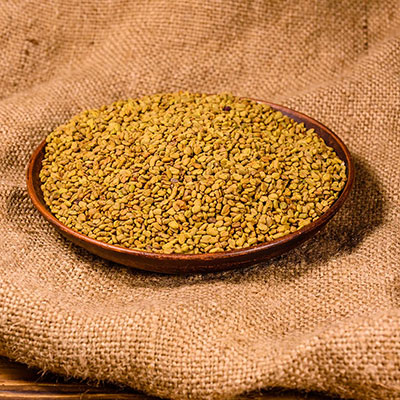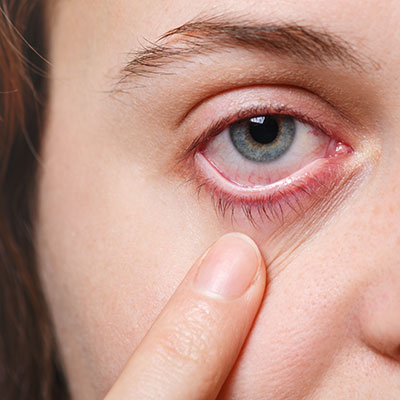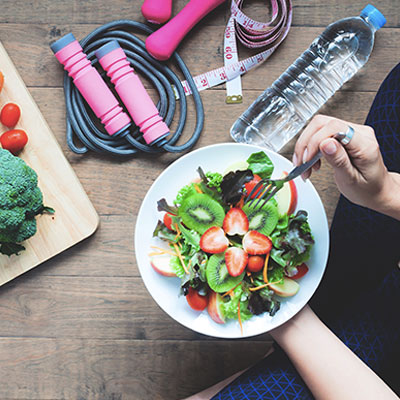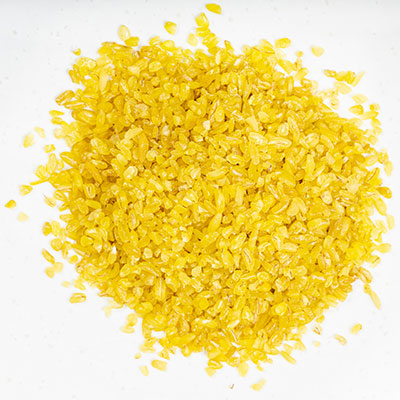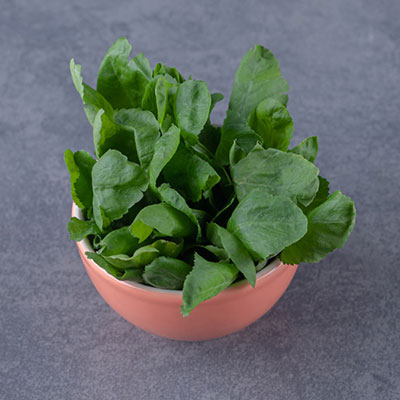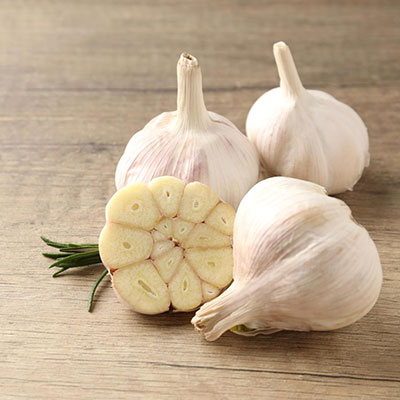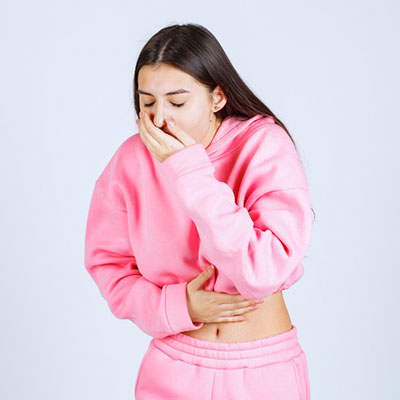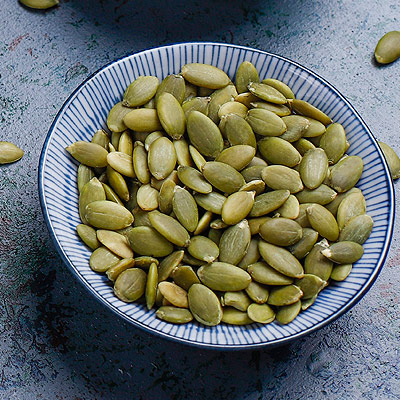Being a mother is a dream of every woman. The tedious pregnancy period and the strenuous delivery experience makes her ‘a complete woman’. She gives birth to a new life on earth. Her whole life which was with her husband and family now revolves around her newborn. Her family gets complete after becoming a mother.
But being a mother is not as easy writing about it. There are many problems faced by women during and post pregnancy. Pregnancy brings many changes to her body.
One of the major changes in your body during pregnancy are observed in the breasts and the areolas (area around the nipples). If not taken timely care these changes may cause serious discomfort later and/or significantly alter the shape of your breasts post pregnancy.
It is advised to take care of your breasts during the pregnancy period to avoid any discomfort in later stages. We are sharing some important breast care tips and short routines that will help you stay comfortable as well as enjoy your pregnancy.
Common Breast Changes and Breast Care During Pregnancy
We will go through the breast changes according to each trimester.
1. Breast Care During the First Trimester
To achieve a successful breast feeding for your baby you must start caring your breast from the first month of pregnancy. Most common problem of breast during first month is Breast pain. The pains come and go suddenly for a definite period of time.
Breast pain
It is the most commonest problem arising in most of the females during the first month. This pain starts from the 5th-6th week of pregnancy. There is soreness, heaviness and breasts are tender to touch during the period. This may be due to the hormonal changes in the first trimester and due to breast leaks in later months. This pain lasts for 2-3 months then gets subsided in the later half of the pregnancy. You can manage this pain with below tips mentioned here.
1. Increase Water Intake
Yes, water can be the great choice for reducing the pain in the breasts. Increased water intake helps in flushing out the excess of waste fluids from the body which can relieve you for quite a long time.
2. Physical Activity
This is like diverting your mind off the breasts. Many females get bed rest for the breast pains which is absolutely useless in reducing the pain. But in reverse being active and making your self involved in small things can make you forget the pains. Light exercises like stretching out your arms can also gain strength for the breast muscles helping in decreased pain.
3. Decrease Salt Intake
Cutting out salts from your daily diet can actually help in reducing your pain. Salt tend to retain water, this can makes breasts heavy causing pain. Low salt intake also helps in preventing the hypertension during pregnancy.
4. Heat Or Cold Fomentation
This actually works in the pain reduction. Try applying both to know what is required to your body. Usually hot water fomentation is quite helpful in fluid accumulation in the breasts which may be the other cause for pain in the breasts.
5. Wear Sports Bra
Sports bra or any other non wired bra can help you reducing the pain by supporting them and keeping at one place. Always be sure to wear the comfortable clothing during pregnancy period. This not only reduces the pain but also makes you feel light. Do not wear too tight bra or clothing around the chest during pregnancy. It affects the milk production.
Note : IF THE BREAST PAIN IS VERY SEVERE THEN CONSULT YOUR HEALTH CARE PROFESSIONAL FOR THE MEDICATIONS.
2. Breast Care During the Second Trimester
It is during the second trimester that most of the body changes occur. The breast leaks, itching and dryness of the breast are the other most common symptoms during this period.
Breast Leaks
There is a thick cream colored fluid arising from the nipples during the second and last trimester of pregnancy. This may give rise to the occasional breast pains. This may be due to the changes in the breast tissues and because of the production of Colostrum in mammary ducts. Colostrum is the thick cream fluid which is necessary for the nourishment and immunity development of the baby soon after the birth. This fluid sometimes collects and forms crusts which causes nipple to become sore and painful.
Tips To Manage Crusts in Breasts
- Take some time out of your busy schedule for the care of your nipples. As breast feeding is the important task of the breasts and nipples it has to be maintained with great care.
- Clean your nipples during bathing with a soft cloth and warm or cold water every day.
- Do not apply the soap for cleaning the nipples as they may cause dryness and cracks.
- Using nursing pads for the leaks which can prevent forming crusts and further pain and discomfort.
- Squeeze in the fluid by massaging the breasts both clockwise and in the anti-clockwise direction regularly. This help in opening out the pores of the nipples. Massaging also helps in the blood circulation of the parts and help in easy milk production for the baby feeding.
Itching
Your breast, no actually all the body starts itching during the second trimester of pregnancy. As the skin stretches, the lines appear and become dry making you itch badly. Stretch marks also appear on the breast and the abdomen too. These stretch marks remain there post pregnancy as scars giving an ugly cosmetic look.
Tips to Treat Stretch Marks And Itching
- Regular use of vitamin E oil application or massaging of oil during the pregnancy can help in preventing the scars and itching.
- Do not make a habit of scratching the parts of breasts. It will lead to the permanent scar marks.
- If vitamin E oil is not available, then you can also apply olive oil for the same cause. Applying the oil not only reduces the stretch marks but also reduces the itch and the dryness caused by stretch marks.
Inverted Nipples
Females with inverted nipples actually face the breast feeding difficulties. Such nipples are also called as flat nipples. Generally nipples are protruding in shape, however many females have flat nipples that makes milk sucking difficult for newborn baby. You can perform a ‘pinch test’ to determine if your nipples are inverted or not.
To perform this test, simply hold your breast at the edge of the areola (area around the nipple) between your index finger and the thumb. Apply little pressure to press the area gently approximately an inch behind the nipple. If your nipples protrudes or points out then you do not have any problem. However if the nipple is not pointed out then you have a flat or inverted nipples problem. If the nipple point is retracted or completely disappears then it is considered as truly inverted.
Severely flat nipples usually do not respond to stimulation and they do not become erect.
Since both the breasts are independent of each other, it is very common for a woman to have one normal nipple and the other nipple as flat or inverted. For the same reason, you may also observe that one breast produces more milk than the other. However this is quite normal and you should not worry about it.
In case of extreme inverted nipples a small procedure is to be done by the healthcare professionals.
How to Treat Inverted or Flat Nipples?
- Stretching of the nipples to be done regularly for several times a day for few months during pregnancy. This can help in taking out the nipples for the baby milk to suck with ease.
- You can use a good quality breast pump to pull your nipples out.
- Other nipple suction devices are also available in the market. You can try them out.
- Try stimulate your nipples yourself with the help of your fingers. Use cold or damp cloth for this purpose if needed.
3. Breast Care During the Third Trimester
During the last three months of pregnancy great care has to be taken for breast as it helps in the further milk production for the baby’s growth and development. There are not much breast changes occur during this period, apart from increased fluid secretion and increase in the breast size and volume. It is during this time that there is increased working of milk glands for the production of milk.
Tips During Third Trimester
- Wear the good and comfortable supporting bra’s for the good milk production. Get a set of maternity Bra’s at the last week of pregnancy which helps in both feeding the milk and supporting the breasts.
- Clean and maintain the hygiene of the breasts and nipples every day. Do not let them dry and crack. If necessary apply any of the natural oils like olive oil, coconut oil or even petroleum jelly over the nipples for the crack.
Breast plays an important role in pregnancy and the lactation. To enjoy the motherhood to the fullest breast care during pregnancy is of utmost importance. Including calcium and iron foods judiciously in your diet can help in the milk production. The green leafy vegetables, jaggery, dry fruits, citrus fruits, dairy products, sea food, almonds, apples, melons and so on gives the extra nourishment to the developing fetus and the pregnant women.
Hope you found this article informative and useful. If you really loved this article then please consider sharing it on social media with your friends and family. Also please do not forget to share your experiences during your pregnancy with us in the comments section.
Have a happy and healthy pregnancy … take care!
